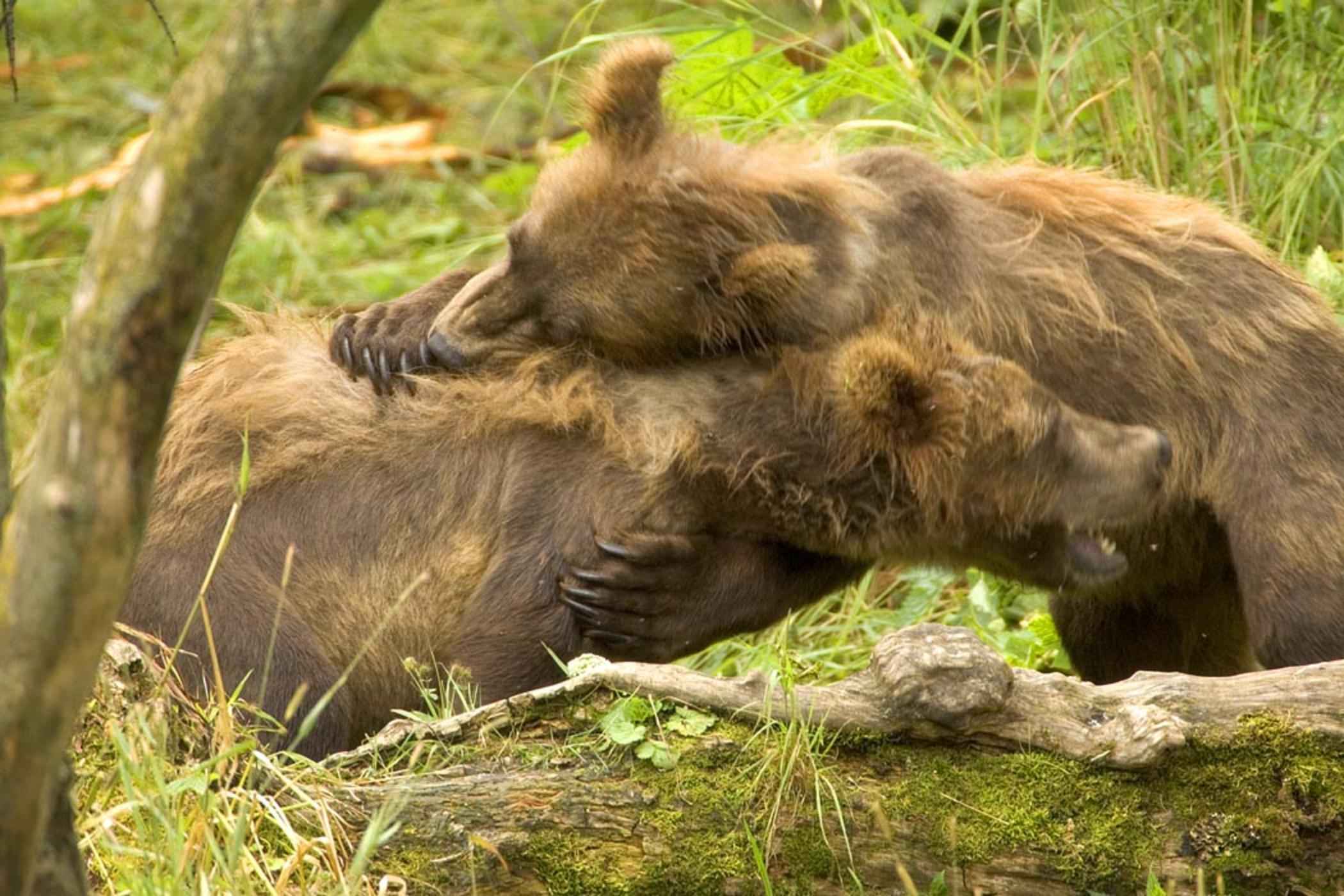We’ve previously discussed how the rise of flowering plants may have also led to a boom in land-based lifeforms, and that flowers are really just one of the “latest” additions to the plant family tree. After all, flowers only started appearing as early as 145 million years ago, right at the beginning of the Cretaceous Period.
Or, at least that’s how the story went prior to this spectacular find from Inner Mongolia, which distinctly shows a branch of a plant complete with a bulbous fruit and what appears to be a flower bud. The fossilized plant in question, named Florigerminis jurassica, was dated to be an astonishing 164 million years old, which coincidentally may also push back the flowering plant timeline to well within the Jurassic Period, a period in time between 201 million and 145 million years ago.
The remarkable find comes as a surprise to most paleobotanists, as the previous record-holder for the oldest assured evidence of flowering plants consisted of fossilized pollen from around 135 million years ago. The F. jurassica find by a Nanjing Institute of Geology and Paleontology, Chinese Academy of Sciences (NIGPAS) team, thus, may push the emergence of flowering plants further back into the Jurassic, should F. jurassica be considered a “true” angiosperm, or a flowering plant.
Said senior author Xin Wang, who together with a team of scientists published their work in the journal Geological Society of London: “Many paleobotanists are surprised [by the fossil], as it is quite different from what is stated in books.”
And, just like the rest of science, many questions remain about the truth behind, and the implications of, the F. jurassica find. It throws a wrench into what was our current understanding of the evolution of angiosperms. To Wang and team, additional studies permitting, previous plant findings from the Jurassic that were declared as just gymnosperms, or non-flowering plants, may need a second look. F. jurassica may instead also serve as an evolutionary link between “true” angiosperms and their gymnosperm ancestors.
References
- Baker, H. (2022, January 19). 164 million-year-old plant fossil is the oldest example of a flowering bud. LiveScience. https://www.livescience.com/oldest-flower-bud-fossil
- Cui, D.-F., Hou, Y., Yin, P., & Wang, X. (2022). A Jurassic flower bud from China. Geological Society, London, Special Publications, 521. https://doi.org/10.1144/SP521-2021-122
- Researchers Discover World’s Earliest Fossil Record of Flower Buds. (2022, January 13). Chinese Academy of Sciences. https://english.cas.cn/newsroom/research_news/earth/202201/t20220113_296984.shtml










